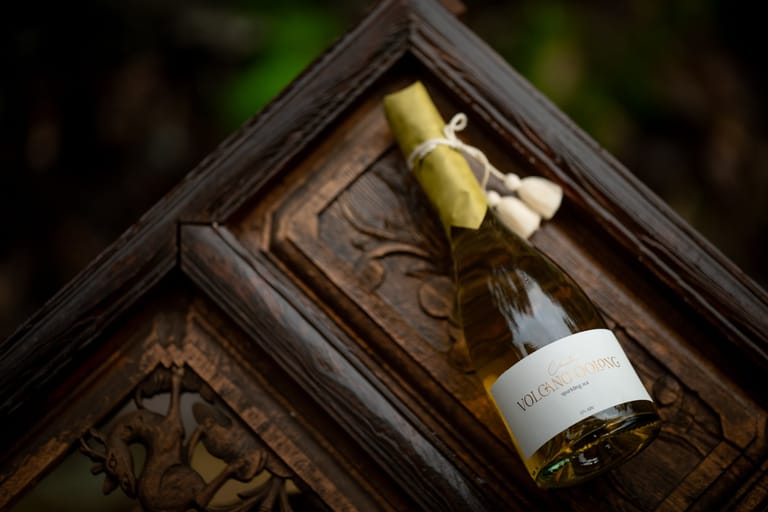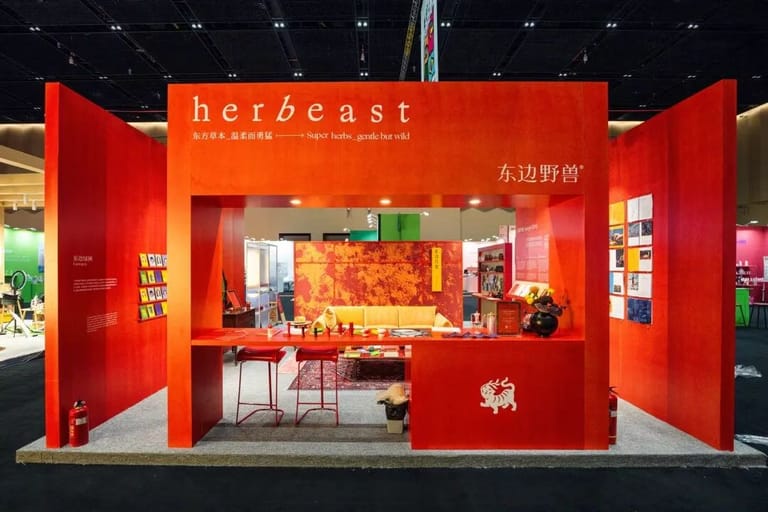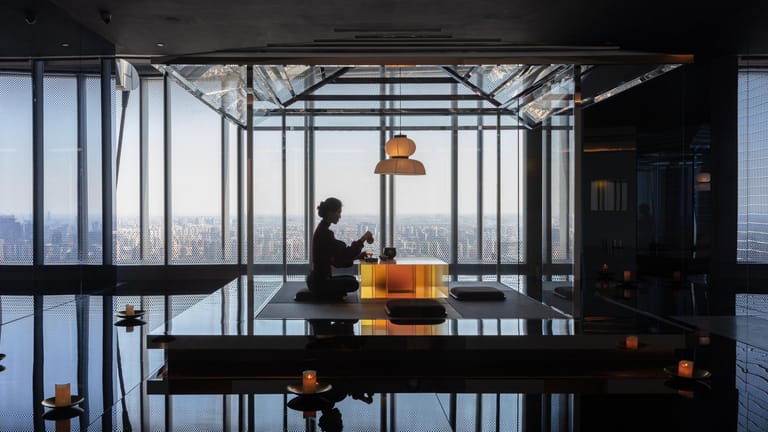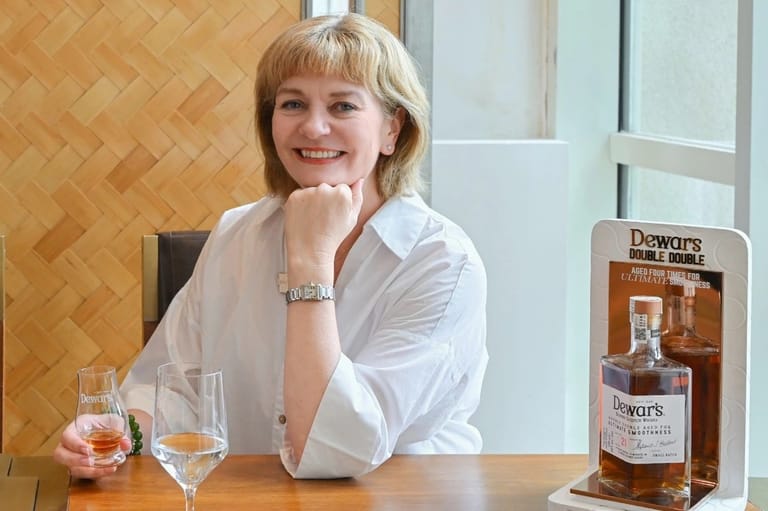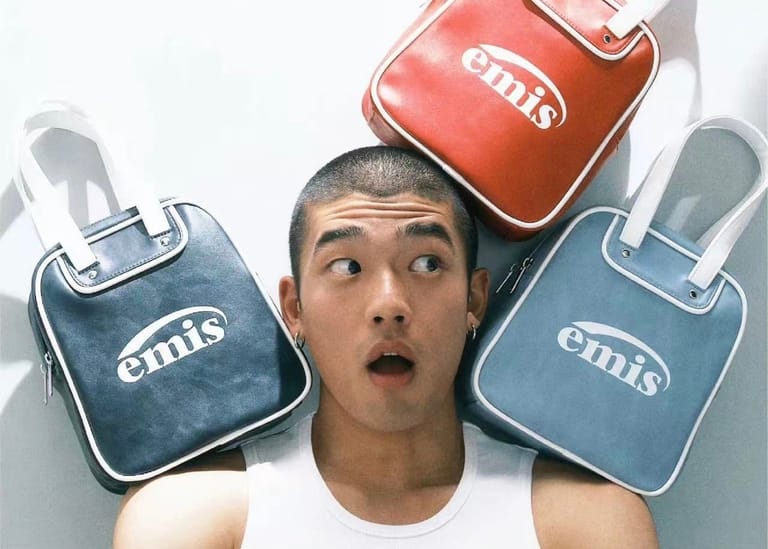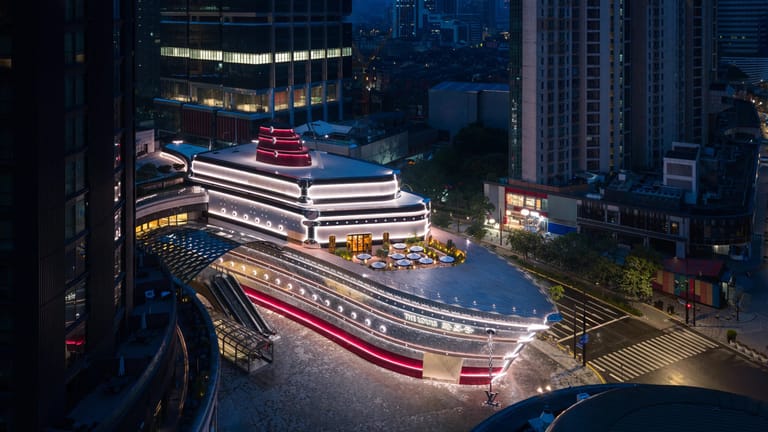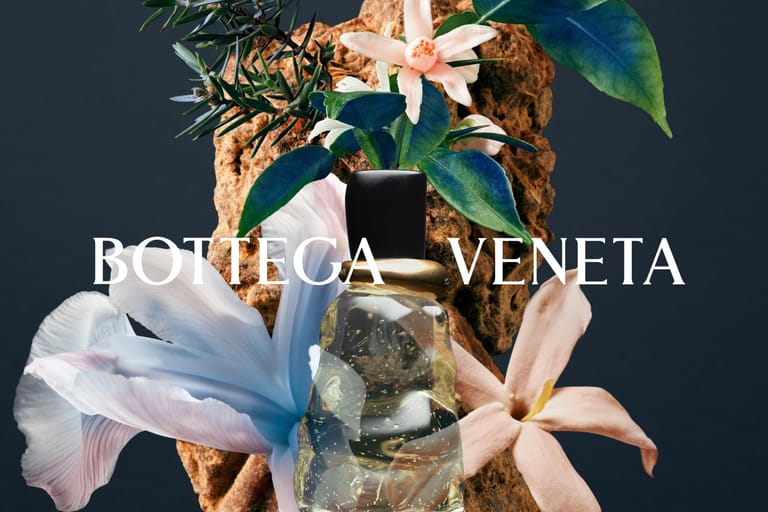How China’s Bathhouse Revival Reflects a Changing Urban Ideal

For Zimeng Jia, the bathhouse is a refuge. The Shanghai-based new media professional regularly frequents one, although bathing isn’t her primary focus.
“Compared to bars or KTVs, this is a place where I can actually put down my phone, talk with friends, and truly unwind,” she said. Privacy, a quiet atmosphere, and a facility’s custom features are big draws. The bathhouse of today offers more than just physical relaxation for younger consumers like Jia; they resonate with the emotional wellness trend known as “the art of letting go.”
As traditional craftsmanship experiences a revival and nostalgic scenes re-emerge through film and television, some of China’s most familiar communal spaces are undergoing a quiet revolution. Among them is the once-humble bathhouse—a setting deeply embedded in generational memory, now reimagined as a refined hybrid of wellness and interaction. No longer merely a site to shower, today’s bathhouses are becoming mirrors of contemporary urban life.
An Urban Utopia
According to the 2024–2029 China Bathhouse Industry Competitive Landscape and Forecast Report by the China Research and Development Institute, the domestic bathhouse market is projected to reach—or surpass—RMB 150 billion($20.5 billion) in 2024. The segment is increasingly driven by demand for high-end spa and hot spring services. What was once a utilitarian venue is fast evolving into a “third space”—a category that blends emotional, social, and lifestyle needs in a single, immersive setting.
The winter of 2024–2025 marked a historic surge in bathhouse consumption across China.
Meituan launched its 2025 Bathhouse Guide, naming 162 venues across 27 cities. Searches for terms like “24-hour bathhouses” and “bathhouses with buffets” have spiked by nearly 300 percent since January 2025, according to data from Zhongjing Xinwei. Once known for heated jacuzzis sought out during the harsh winter months, these venues have emerged as urban holiday destinations in their own right.
In contrast to traditional bathhouses focused on basic hygiene, many of the featured entries in the 2025 Bathhouse Guide are elaborate, high-cost destinations offering gourmet dining, gaming, spa and salon services, floral arranging, tea ceremonies, and other multifaceted entertainment options—ushering in what some call a year-round urban utopia.
Take Qushui Lanting, a high-end bathhouse in Shanghai. With admission priced at over RMB 1,000 (roughly $140) for a 12-hour stay, guests are treated to four luxury buffet meals, unlimited fruit and alcohol, and meticulous services like shrimp peeling—an experience choreographed and shared widely on social platforms.
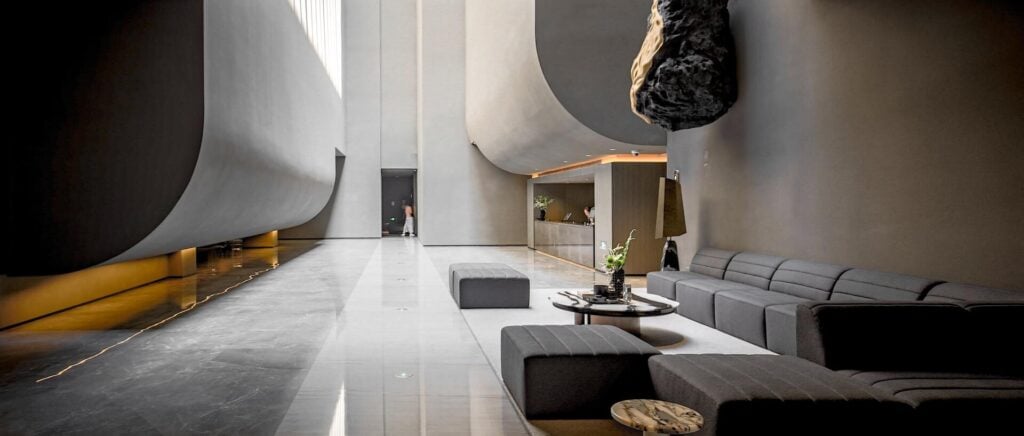
For families, particularly those with young children, today’s bathhouses hold plenty of appeal. Multigenerational group visits to bathhouses were a favored activity during the 2025 Chinese New Year holiday. With play zones for kids and family suites equipped with childcare facilities, bathhouses now offer a rare convergence of relaxation and convenience, reframing the bathhouse as a modern family retreat.
These various use cases—from youth-oriented social hubs to all-ages holiday escapes—are driving the sector’s rapid expansion. Like the “30-minute park effect” (the belief that a 30-minute visit to a park can improve mental health), the bathhouse taps into a primal need for nearby sanctuaries. And in today’s experience-driven economy, the service these spaces offer is increasingly considered worth the premium.
Regional Differences Meet Cultural Convergence
China’s north-south divide in bathing culture is also undergoing a transformation, shaped by urbanization and shifting consumer values. Northern regions have long favored communal bathhouses centered on social bonding, while southern households traditionally opted for private baths at home. But these distinctions are blurring.
According to business registry platform Tianyancha, as of April 10, 2024, China had over 760,000 registered bathhouse-related businesses, with over 52,000 new entries added in the first quarter alone. Growth in the north, where bath culture has deeper roots, has remained steady. But southern provinces like Jiangsu, Henan, and Anhui are now leading in new development, signaling a dramatic rebalancing.

The shift reflects a new consumer openness to novel experiences, thanks in part to information-sharing platforms. In China’s northeast, where traditional “bathhouse culture” still thrives, businesses are evolving too. In Shenyang, Qinghe Peninsula Resort has installed shower curtains in communal spaces to accommodate more privacy-conscious visitors from the south.
Meanwhile, in cities like Hangzhou and Shanghai—relative newcomers to the bathhouse trend—venues are targeting younger consumers with “wasteland” or “dark aesthetic” interiors designed for social media virality. These spaces serve not just as wellness destinations, but also as digital stages for the personal branding rituals of China’s lifestyle-conscious youth.
Psychologically, the bathhouse’s resurgence reflects a wider craving for “everyday luxury”—a space for both physical restoration and emotional recalibration. As lifestyle influencer @ZimmerWang notes on RedNote, the pay-by-the-hour model offers a rare permission to “lie flat” without guilt, making the most of limited downtime amid urban overwork.
In this sense, the evolving bathhouse culture is not simply a revival—it’s a reinvention. The modern bathhouse is a canvas for China’s shifting cultural identity, combining tradition, emotional value, and aesthetic expression.
The “Third Space” as the New Everyday Luxury
The rise of the modern bathhouse is, at its core, a rethinking of how urban space can serve the modern citizen. No longer just a “place to take a shower,” it now functions as a “third space”—offering the anonymity of an airport lounge, the social warmth of a café, and the tranquility of a bookstore or park.
French anthropologist Marc Augé defined such spaces as “non-places”—transient, emotionally neutral, yet instantly recognizable settings. Starbucks famously capitalized on this concept, offering a “third space” between home and work. Today, the bathhouse joins a growing list of spaces designed not just for function, but for emotional and social nourishment.
As immersive experiences become central to how people connect, brands have also turned to third spaces. Since 2023, luxury houses have been opening branded cafés worldwide, integrating more seamlessly into daily life. These aren’t just lifestyle hubs—they’re touchpoints for forging emotional bonds between brand and consumer.
In China, this shift is also taking cues from localized culture. Prada’s market campaign at Shanghai’s Wuzhong Market and Longchamp’s “Longchamp Garden” concept are both attempts to root brand identity in familiar, lived-in spaces. These environments offer comfort and a framework for spontaneous, meaningful interaction.
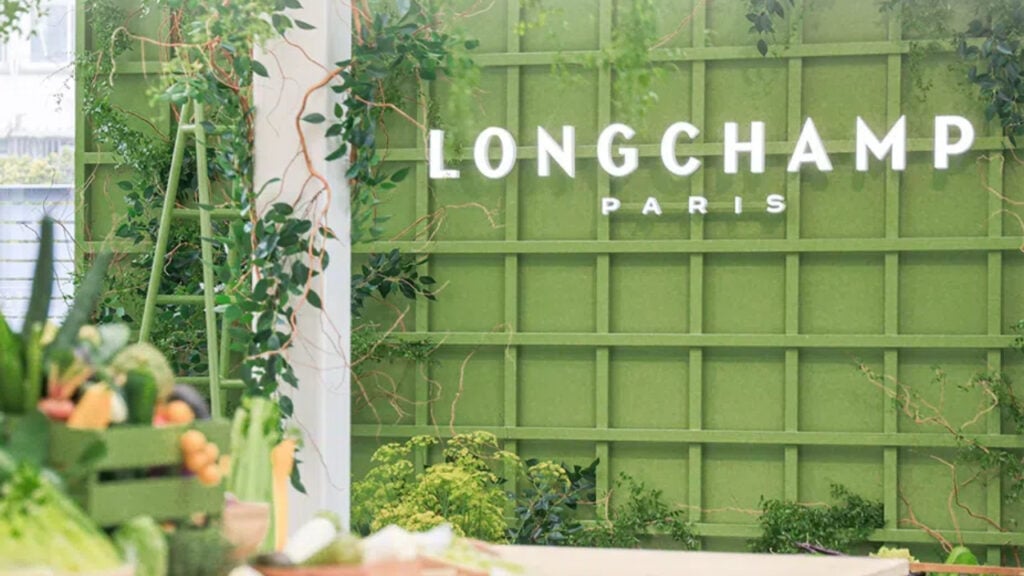
Whether in the form of a boutique spa, a luxury bathhouse, or a branded café, these third spaces speak to the rising desire for mental reprieve in a relentless world. In this context, new bathhouses are more than a service—they are an answer to the modern urban condition. As cities grow denser and life moves faster, the bathhouse reminds us that a pause can still feel like a privilege.



